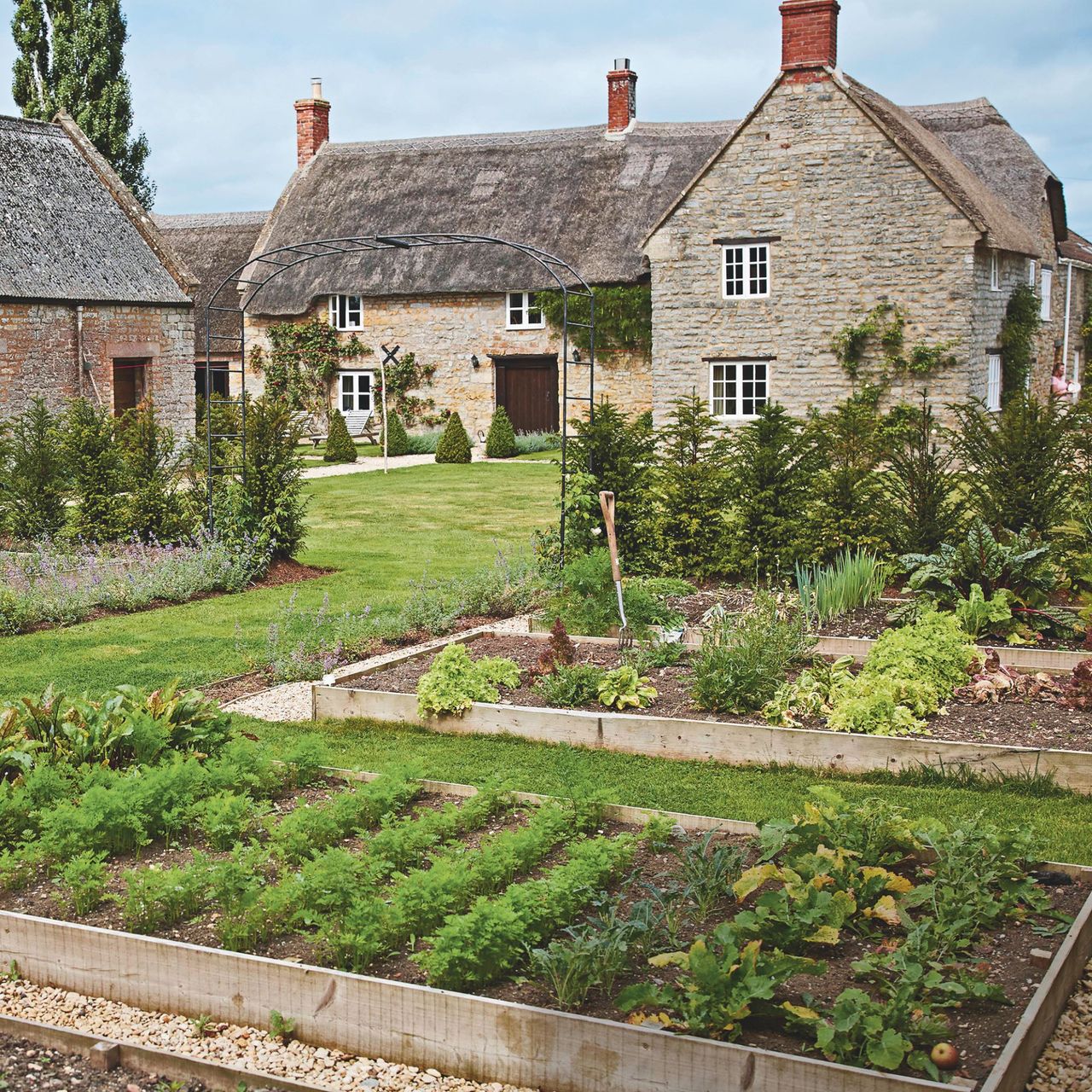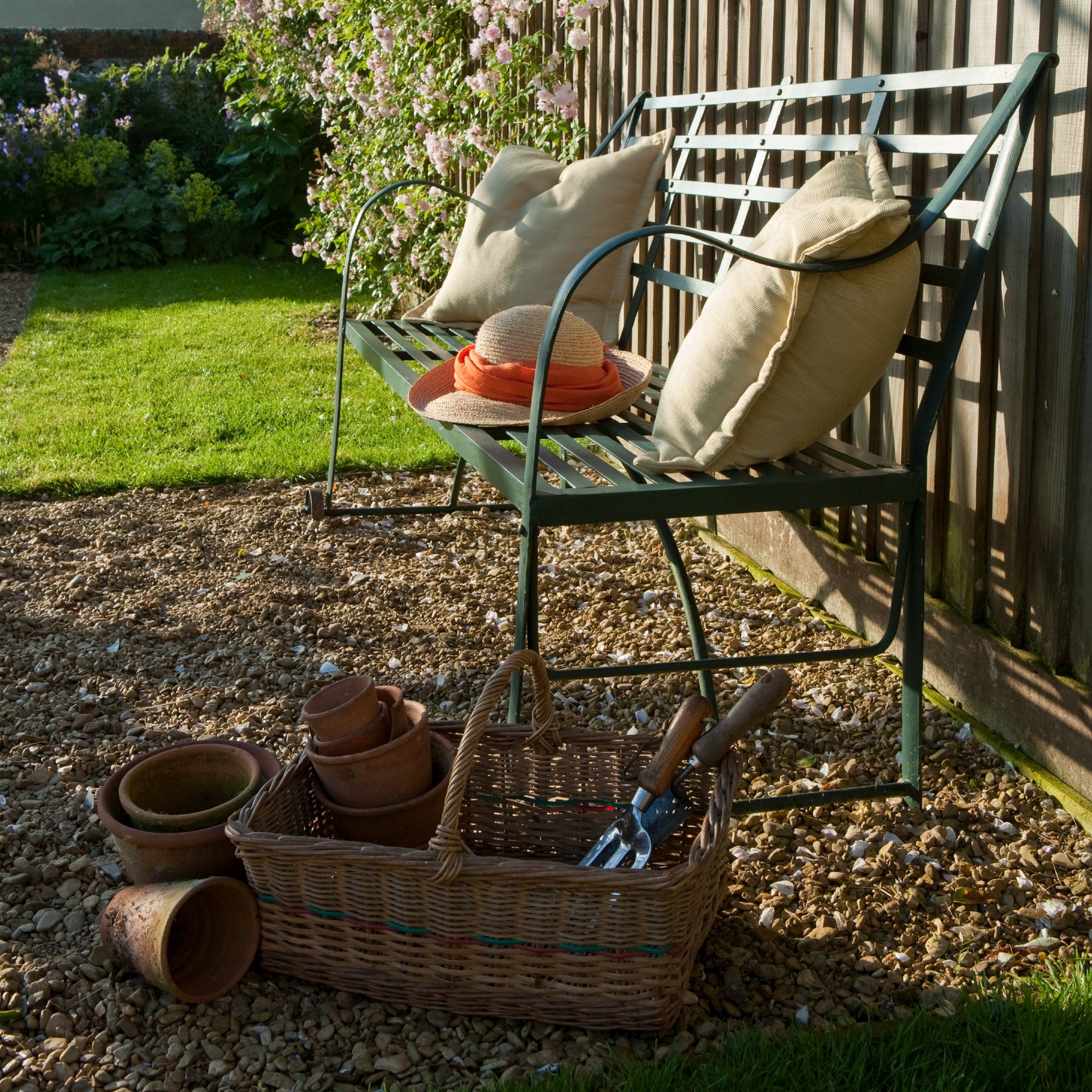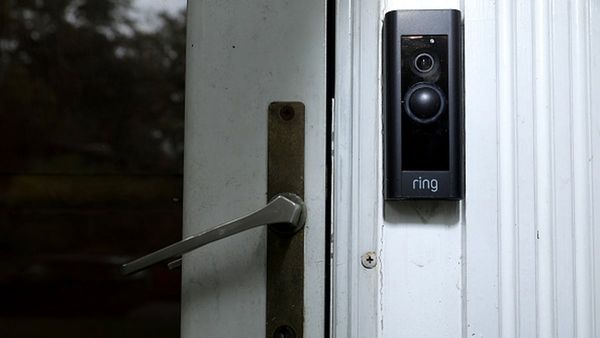
Deciding whether to plant directly in soil vs raised beds is one of those dilemmas that’s sure to plague every gardener at least once, whether they’re plotting a vegetable patch, dreaming of summer salads, or simply craving a flower-filled garden border.
Green-fingered traditionalists will tell you, in no uncertain terms, that planting directly into the soil is the best method; it’s simple, cost-effective, and rooted (sorry) in age-old gardening techniques. Raised garden beds, however, have risen in popularity thanks to their tidy appearance, flexibility, and ability to conquer awkward soil conditions in even the trickiest of plots.
So, which is better? Well, both methods have their merits (and their diehard fans) – but it’s important to consider the drawbacks, too. Especially as the choice you make can shape how your garden looks, how it grows, and how much time (and money) you spend tending it…
Should you plant directly in soil vs beds?
It’s important to decide whether it’s best for you to plant directly in soil vs beds. Ideally before you get halfway through the job...
The pros and cons of planting in soil
For many people muddling their way through the plant directly in soil vs beds debate, they'll likely find more people advising them to do the former.
'The advantages of planting in the ground start with less cost,' explains Morris Hankinson, director of Hopes Grove Nurseries. 'There’s no need to buy raised beds, materials, or soil to fill them.'
Planting directly in the earth also offers plenty of space for roots to grow, making it ideal for sprawling crops like pumpkins or very large shrubs and trees.
Another plus? The soil in the ground retains moisture better than in raised beds, meaning you’ll likely spend less time watering. 'If the soil in the ground is good quality, it should drain well, retain moisture and be good for plants to thrive,' adds Morris.

That being said, if your garden's soil is poor, heavy, or filled with rubble, you might be better off building your own beds, especially if you're hoping to change the soil pH.
'The disadvantages tend to be that if you start out with poor soil, it will need amending by adding good quality, well-rotted organic matter each year,' says Morris.
The most common garden weeds can also be more persistent in open soil, and bending down to ground level can be tough on your back and knees.
The pros and cons of raised beds
Of course, there's no easy answer when deciding whether to plant directly in soil vs beds, as raised beds have become a stylish and practical solution, not just for gardeners dealing with less-than-ideal soil, but also for those simply wanting a more stylised look in their outdoor space.
'They provide the advantage of being able to fill with a good quality, peat-free compost (like Miracle Gro's peat free all purpose formula, £7.29 for 20L on Amazon), or a compost ideal for the plants you want to grow,' Morris explains, noting that figuring out how to fill a raised garden bed is especially helpful if your garden is made up of heavy clay soil or poorly drained.
Raised beds also warm up quicker in spring, allowing you to start planting earlier and potentially extend your growing season. They’re easier to cover with fleece (like New Ambassador plant fleece, £11.95 from Amazon) or cloches (like one of these from Amazon), too, helping protect seedlings from cold snaps.
'Not only that,' Morris adds, 'but they definitely help with access, allowing for easier gardening on your back and knees. And they can look really nice too!'

That being said, there are some considerations to be aware of. Building raised beds and filling them with soil can be costly, and the soil in raised beds dries out faster than ground soil, meaning you’ll need to water more often, particularly during hot weather.
'If you want to grow large plants that need a lot of root space, they might not grow so well in a raised bed,' Morris warns.
Still, raised beds are brilliant for growing smaller crops like leafy greens, root veg, herbs, and even greenhouse favourites such as tomatoes and peppers. And you can pick up handy raised bed kits on Amazon, like this wooden raised bed kit from Conka Garden, from £42.
So, which is right for you?
Ultimately, deciding whether to plant directly in soil vs beds comes down to your garden’s conditions and how you like to garden. In fact, Steven Bell, gardening enthusiast and founder of Paving Shopper, says there’s no rule saying you have to stick to just one method.
'Many UK gardeners use a mix; raised beds for their lettuces and herbs, and borders for the roses and rhubarb,' he points out.
To figure out whether it's better for you to plant directly in soil vs beds, Steven suggests you ask yourself a few key questions...
-
What’s your soil like? 'If it’s already decent, planting straight in might be simplest. If it’s a mess, raised beds could save you time and headaches,' he says.
-
What are you growing? 'Root veg like carrots and parsnips love deep, loose soil, which is easier to achieve in a raised bed. But hardy shrubs or fruit bushes often do better straight in the ground,' he points out.
-
How’s your back? 'Honestly, if kneeling and bending are a struggle, raised beds at waist height are a game-changer,' promises Steven.
-
What’s your budget? Raised beds look great, but can be an investment in both materials and soil.
- How much space do you have? 'Raised beds are tidy and compact. Direct planting lets you go big and informal,' he adds.
FAQs
Is soil better in ground or raised beds?
If you're wondering whether soil is better in the ground or raised beds, we have an annoying answer for you: it depends entirely on your garden!
'You’re at the mercy of your native soil. If it’s heavy clay, poor drainage, or riddled with rubble, you may have to do some serious digging and amending,' says Steven Bell of Paving Shopper.
The best thing to do is buy a soil testing kit like this Wigearss 6 in 1 Digital Soil Moisture Meter, Soil Tester Kit for Plants, £17.49 from Amazon, do some research on what you'd like to grow, and see if it all marries up.
Can you plant directly in soil?
You can absolutely plant directly in soil, and many gardeners do, but it will depend on what your soil is like (acidic? Clay? Free-draining?) and what you want to grow.
'Planting directly in the soil is ideal if you’ve got lots of ground to cover,' says Steven Bell of Paving Shopper. 'It works well with perennials, shrubs, and trees, as it means that they can stretch their roots without boundaries.'
Morris Hankinson of Hopes Grove Nurseries, meanwhile, points out that raised beds are great for...
- Leafy greens - lettuce, spinach, rocket, mustard
- Roots - carrots, beetroots
- Herbs - basil, parsley, coriander
- Greenhouse crops - tomatoes, peppers, aubergines
So, whichever side of the plant directly in soil vs beds debate you come down on, the good news is there’s no wrong choice. As long as your plants are happy and healthy, you’re winning the gardening game.







